Market Growth Projections
The Global Self-Healing Concrete Market Industry is poised for substantial growth, with projections indicating a rise from 1.95 USD Billion in 2024 to 8.5 USD Billion by 2035. This growth trajectory suggests a compound annual growth rate of 14.32% from 2025 to 2035, reflecting increasing adoption of self-healing technologies in construction. The market dynamics are influenced by various factors, including infrastructure investments, sustainability trends, and technological advancements. As stakeholders recognize the long-term benefits of self-healing concrete, the industry is likely to witness a transformative shift, positioning it as a key player in the future of construction materials.
Increasing Infrastructure Investments
The Global Self-Healing Concrete Market Industry is witnessing a surge in infrastructure investments, particularly in developing nations. Governments are allocating substantial budgets for the construction and rehabilitation of roads, bridges, and buildings. For instance, the global infrastructure investment is projected to reach 1.95 USD Billion in 2024, reflecting a growing recognition of the need for durable materials. Self-healing concrete, with its ability to autonomously repair cracks, aligns well with these initiatives, potentially reducing maintenance costs and extending the lifespan of structures. This trend suggests a robust demand for innovative construction materials, positioning self-healing concrete as a viable solution in the evolving infrastructure landscape.
Sustainability and Environmental Concerns
The Global Self-Healing Concrete Market Industry is increasingly influenced by sustainability and environmental considerations. As the construction sector faces pressure to reduce its carbon footprint, self-healing concrete emerges as a sustainable alternative. This material not only minimizes the need for repairs but also incorporates eco-friendly components, potentially lowering the overall environmental impact. The growing emphasis on green building practices and sustainable construction methods is likely to drive demand for self-healing concrete. As a result, the market may experience significant growth, with projections indicating a rise to 8.5 USD Billion by 2035, highlighting the industry's shift towards environmentally responsible solutions.
Growing Urbanization and Population Density
The Global Self-Healing Concrete Market Industry is significantly impacted by the trends of urbanization and increasing population density. As cities expand and populations grow, the demand for resilient infrastructure becomes paramount. Self-healing concrete offers a solution to the challenges posed by urban environments, where wear and tear on structures can be accelerated. The ability of this material to self-repair can lead to reduced downtime and lower maintenance costs, making it an attractive option for urban planners and developers. This trend is expected to bolster the market, as urban areas increasingly seek innovative materials to support sustainable growth.
Regulatory Support and Standards Development
The Global Self-Healing Concrete Market Industry is supported by regulatory frameworks and standards that promote the use of advanced materials in construction. Governments and industry associations are increasingly recognizing the benefits of self-healing concrete, leading to the establishment of guidelines and standards that encourage its adoption. This regulatory support not only enhances market credibility but also fosters innovation within the industry. As standards evolve, the integration of self-healing concrete into construction practices may become more commonplace, driving demand and facilitating market growth. The alignment of regulations with sustainability goals further underscores the potential for self-healing concrete in future construction projects.
Technological Advancements in Material Science
The Global Self-Healing Concrete Market Industry benefits from ongoing technological advancements in material science. Innovations in microencapsulation and bio-based healing agents are enhancing the effectiveness of self-healing concrete. These developments enable the concrete to autonomously repair itself upon cracking, thereby improving durability and reducing maintenance needs. As research continues to evolve, the potential applications of self-healing concrete expand, attracting interest from various sectors, including commercial and residential construction. This technological evolution is likely to contribute to a compound annual growth rate of 14.32% from 2025 to 2035, indicating a promising future for self-healing concrete in the global market.
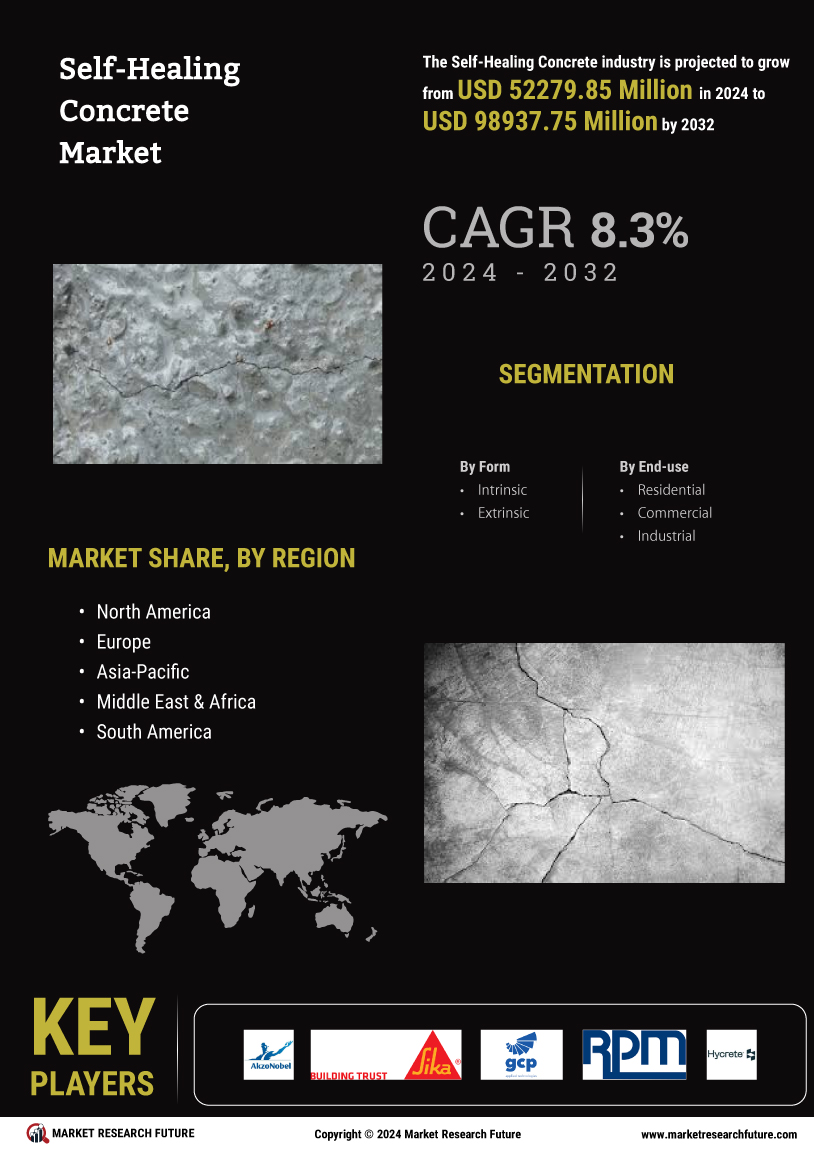

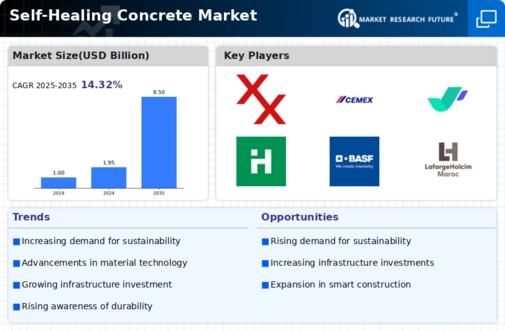
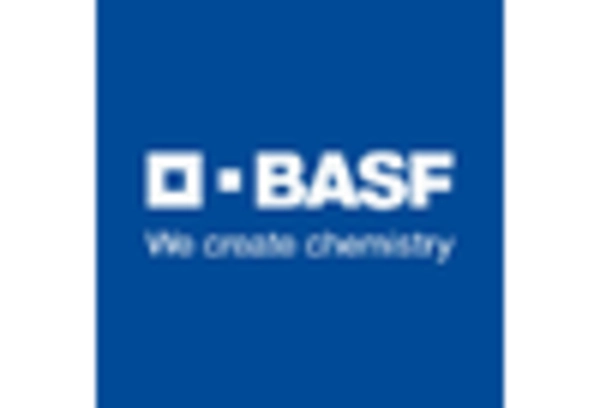
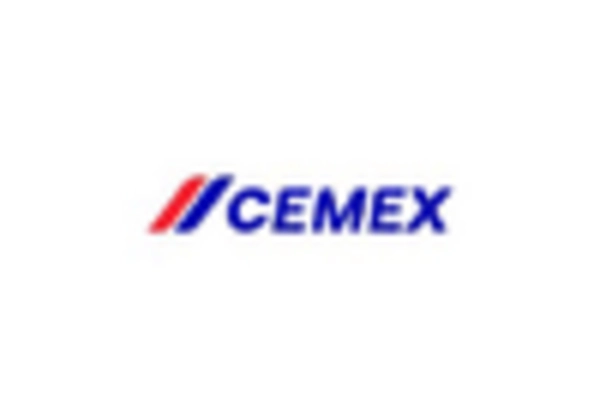
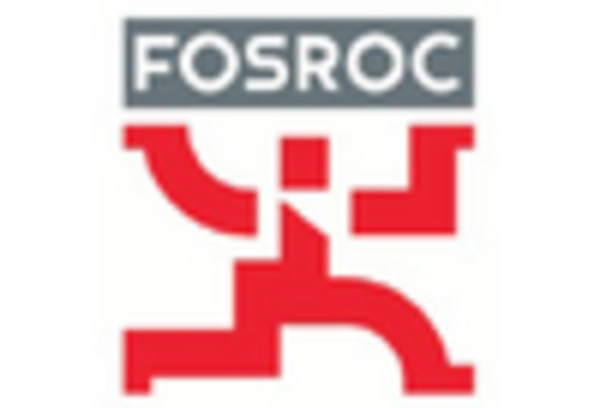
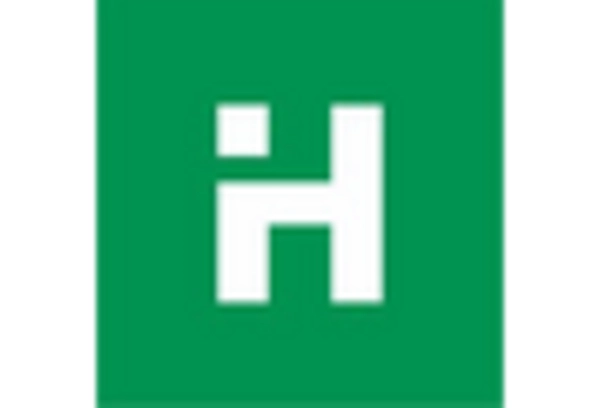
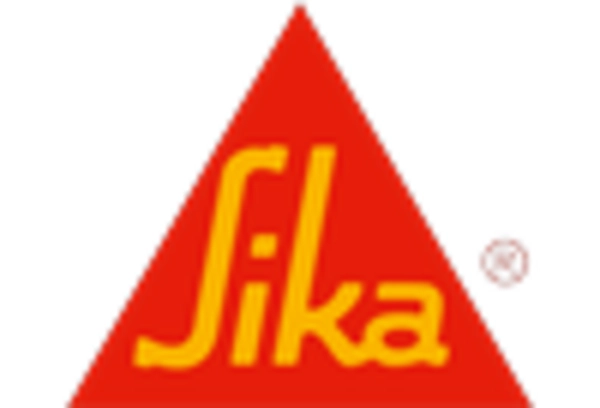
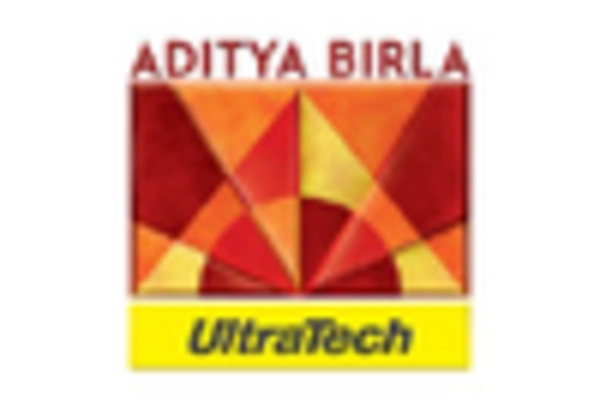








Leave a Comment